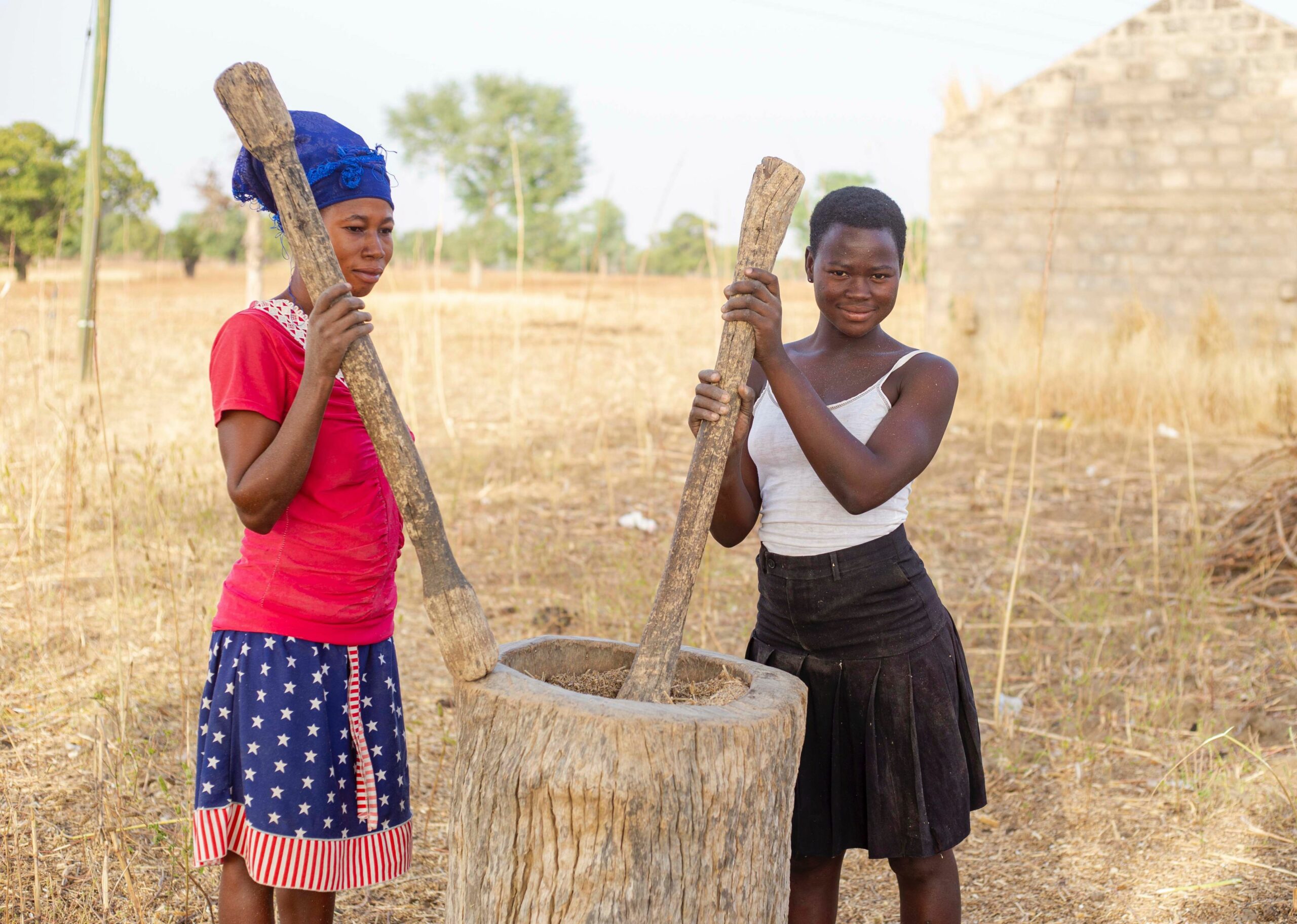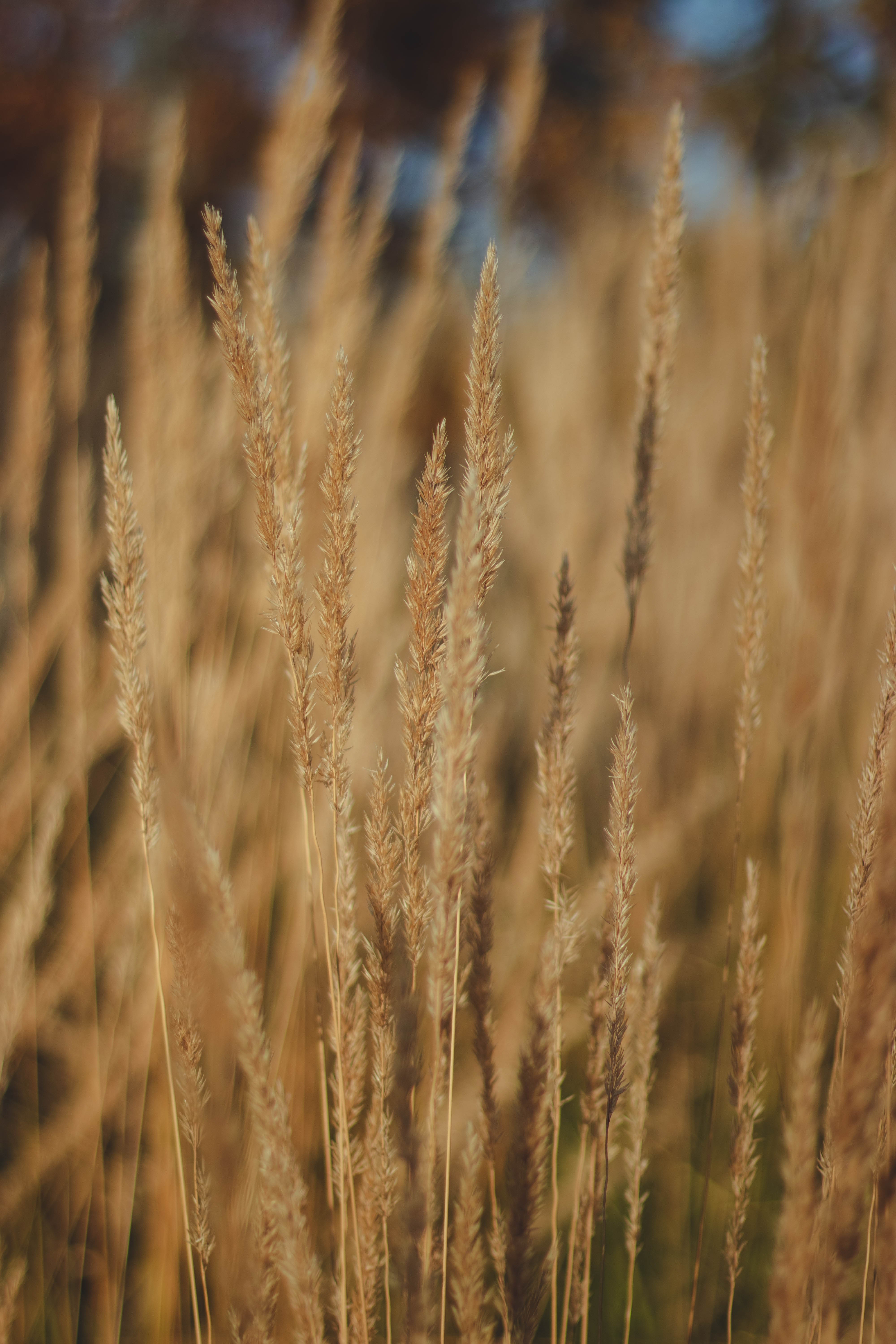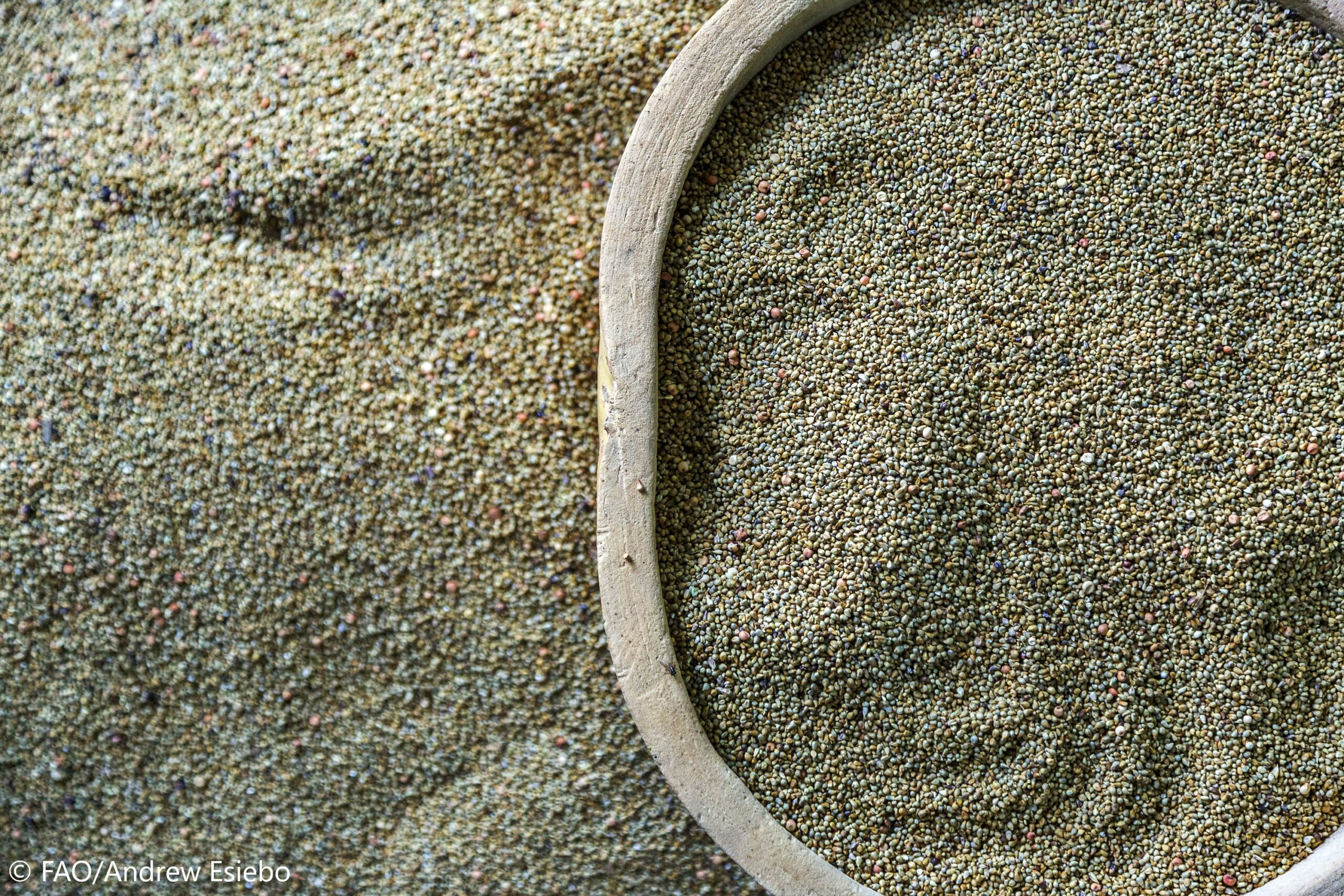Millets offer a sustainable alternative to major cereals
Global food systems are under severe strain, facing many complex and overlapping issues, including: malnutrition (overnutrition and undernutrition); increasing hunger levels; intensifying climate impacts; rapid loss of biodiversity and natural resources; fast-growing populations that require more nutritious healthy foods; the ongoing impact of the COVID19 pandemic; and conflicts in several countries, driving high global food prices.
Now, more than ever, we need to look for existing solutions that will address these critical issues.
Millets have enormous potential to improve nutrition, the natural environment, and the livelihoods of vulnerable smallholder farmers. As such, the International Year of Millets offers an incredible opportunity to drive progress toward achieving the 2030 Sustainable Development Goals, by transforming local agri-food systems for better production and overall, a better life, ensuring no one is left behind (FAO).
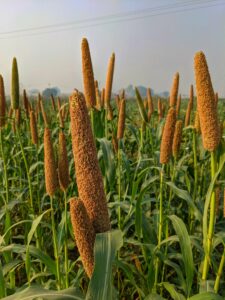
What are millets?
Millets or Nutri-Cereals (as they are often called) are highly nutritious compared to other cereals such as wheat, rice or corn, rich in fibre and acting as a ‘prebiotic’ supporting good gut bacteria.
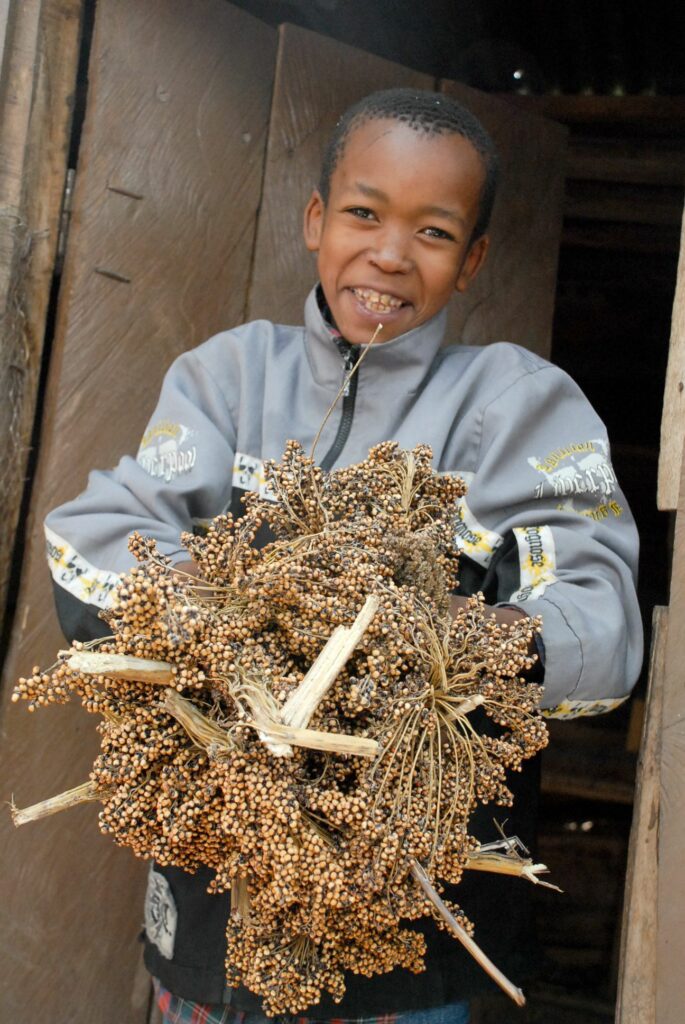
Varieties of millets
Varieties of millets are incredibly diverse, as although they all belong to the same grass family, they often differ in colour, species, and form. Some are more commonly used more than others but, there are probably more varieties than you may think:
– Pearl (the most widely produced variety intended for human consumption)
– Proso
– Foxtail
– Barnyard
– Little
– Kodo
– Browntop
– Finger (is an important addition to diets relying mostly on starchy crops such as cassava, maize and plantain as it is rich in essential amino acids (Crop Trust))
– Guinea millets
– Fonio
– Sorghum
– Teff
Why millets?
Until the 1970s, millets served as a staple crop for millions of farmers in Africa and Asia. Due to their gluten-free properties and nutritious high protein, fiber, and antioxidant contents, millets started to gain popularity across Western Europe and Northern America (ICRISAT, 2017).
Millets are a highly resilient crop, as they survive in harsher environments and less fertile soil. Plus, they are resistant to many crop diseases and pests, and can survive extreme climatic shocks and stressors such as drought.
When considering millets in terms of livelihoods, the diversity of the crop also offers opportunities for economic development through income-generating activities in the food sector or in niche markets for specific professional applications (therapeutics, pharmaceuticals, specialty chemistry).
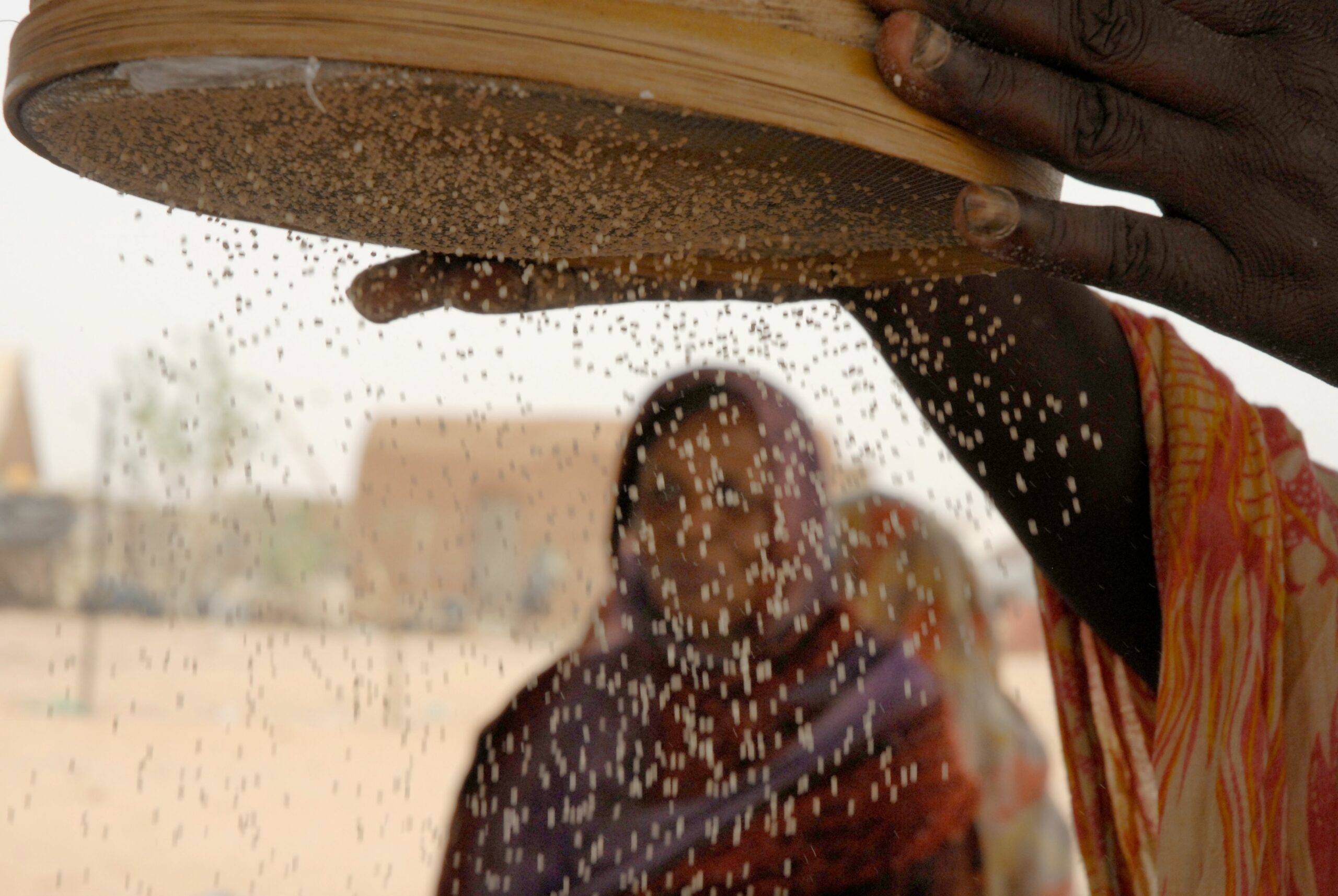
Research shows that a widespread recognition and increase in production and consumption of millets could contribute to saving lives, empowering communities and farmers, powering stagnant economies, providing much-needed nutrients, offering an affordable and accessible choice, and help transform broken food systems.
Good food begins with farmers
Many farmers are ready and willing to work with nature to build a better food system, but they need more power over their land and resources and better access to investment. Fair prices, fair wages, and dedicated finance that reaches small holders are key.
Increased millet production can help smallholder farmers improve their livelihoods by creating decent jobs; especially for marginalized women and young people through innovative processing and marketing opportunities. Local community economic growth can be boosted by the revenue generated, which can also contribute to the development of low-income countries.
There are some barriers to the large-scale production of millets. Mainly, the crops are grown for animal feed and farmers lack the incentive for commercially viable production, as well as lacking sufficient storage and transport facilities. Plus, on a global scale, there is very little awareness of the benefits of millet production and consumption, especially compared to the widespread acknowledgment of other cereal crops.
But, the major challenges to millet cultivation and distribution can be overcome through government policies and multi-stakeholder partnerships.
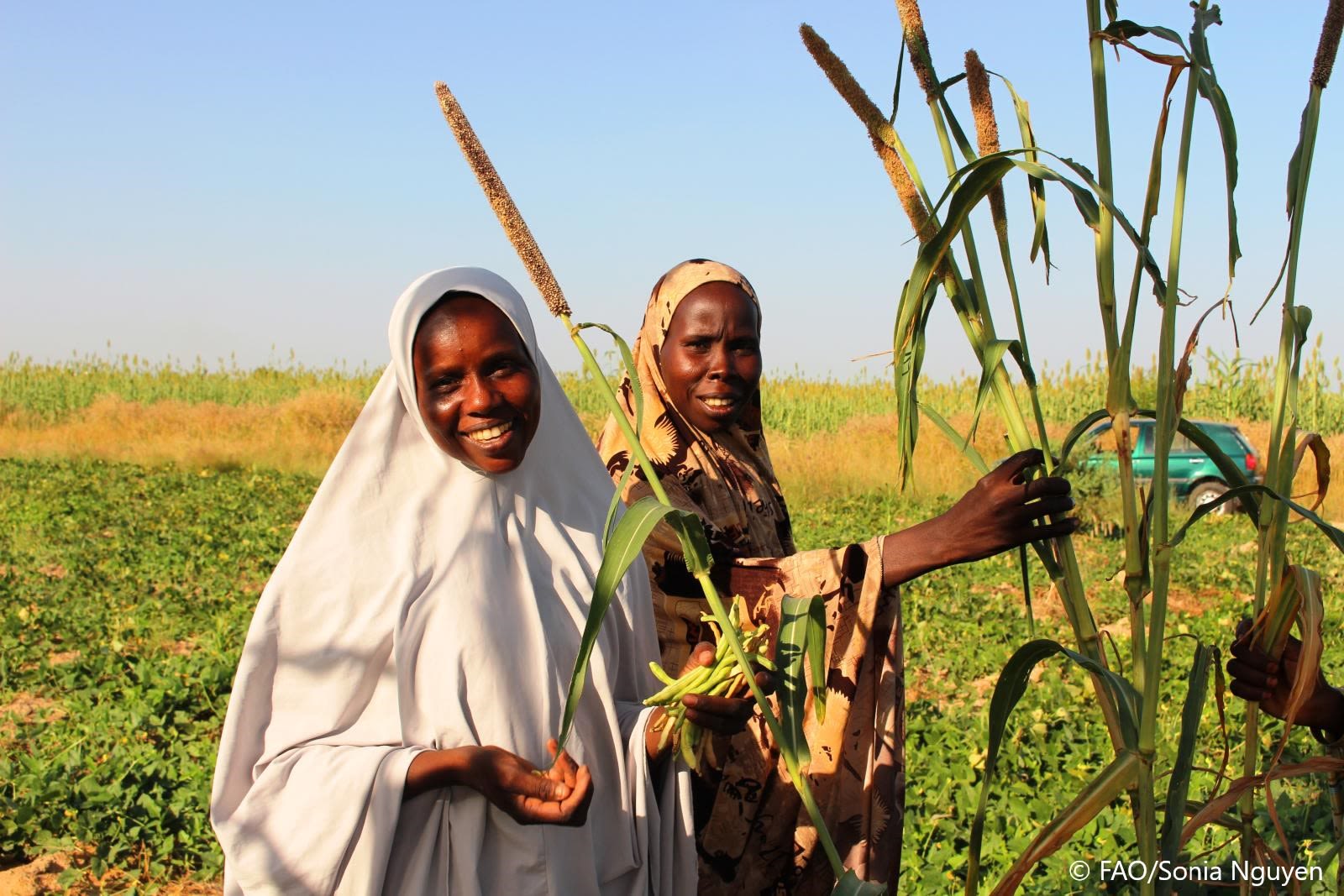
Good food is nutritious
Global agrifood systems are facing immense challenges and are struggling to provide enough food to an ever-growing global population. Yet, resilient cereals like millets provide an affordable and nutritious option to people worldwide.
Millets are ideal for increasing countries’ self-sufficiency and reducing reliance on imported cereal grains, which significantly impact the world’s poorest due to surging food prices as a result of external shocks. The FAO’s monthly food price index hit a 10-year high in May 2020, reflecting sharp rises for cereals, vegetable oils and sugar (FAO).
Millets are great sources of minerals, dietary fibre, antioxidants and protein. Dietary fibre plays a key role in regulating bowel function, blood sugar, and hunger levels. The crop is also an excellent and cost-effective source of iron for iron-deficient populations found mostly in developing countries.
Shockingly, around 45% of deaths among children under 5 years of age are linked to undernutrition, mostly occurring in low- and middle-income countries (WHO, 2021). Could millets be part of the solution for child malnutrition?
Researchers examining the nutritional benefits of millets found that these nutri-cereals can boost growth in children by 26 – 39% when they replaced rice in standard meals. The results suggest that millets can significantly contribute to overcoming malnutrition (ICRISAT).
Good food is vulnerable to disruptions
With accelerating climate change and ongoing conflicts around the world, our global food systems are facing multiple challenges and as a consequence, are vulnerable to external shocks and stressors.
Unlike other crops, millets are climate-resilient as they are naturally tolerant of poor soils, drought and harsh growing conditions. They are much more adaptable to different environments and are not heavily reliant on fertilizer and pesticides. Millets need roughly 70% less water than rice, sugarcane and wheat; take half the time to grow compared with wheat; and require 40% less energy in processing (IndiaTogether, 2022).
Farming millets in a sustainable way, as well as securing society’s present consumption needs without compromising future generations’ food supply, can effectively support climate-resilient agriculture, which aims to increase productivity by adapting to climate impacts and working to mitigate against further warming (World Bank, 2021).
For some countries and communities, millets could be an accessible solution in the midst of a climate emergency, increasing water scarcity, and drought conditions- on the basis that there are improved government interventions and increased global awareness. Plus, as the crop can offer land cover in dry areas, millets can reduce further soil degradation and biodiversity loss, as well as helping to support sustainable land restoration.
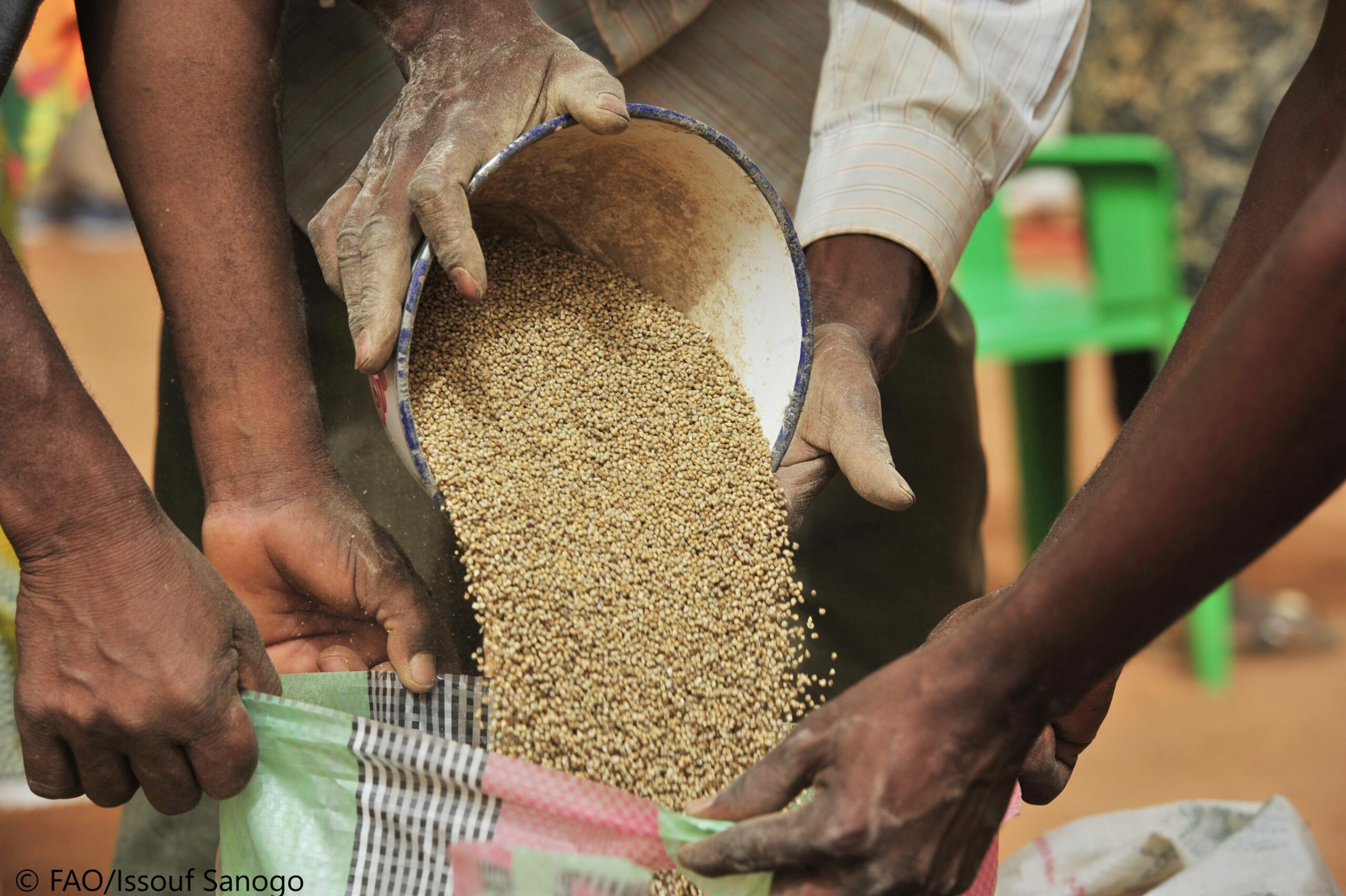
Global food saves lives
Currently 50 million people are on the brink of starvation and another 828 million do not know where their next meal will come from. Millets can act as an important source of nourishment for millions of people across the world, due to their highly nutritional content and ability to support long-term healthy diets.
The crops are deeply rooted in many Indigenous Peoples’ cultures and traditions across almost every continent, helping to guarantee food security in culturally-appropriate regions.
More than 90 million people in Africa and Asia depend on millets in their diet and even though millets have been traditionally consumed in past decades, leading to improved micronutrient intake and reduced anemia prevalence in women, barriers of cost (compared with wheat and rice), taste, perception, and availability have led to a decline in consumption of millet at a rate of 9%.
Everyone has a role to play – from governments and private sector companies to the general public and youth. We need to work together to unleash the potential of millets for human well-being, food systems, poverty alleviation and the adaptation of agriculture to climate change.
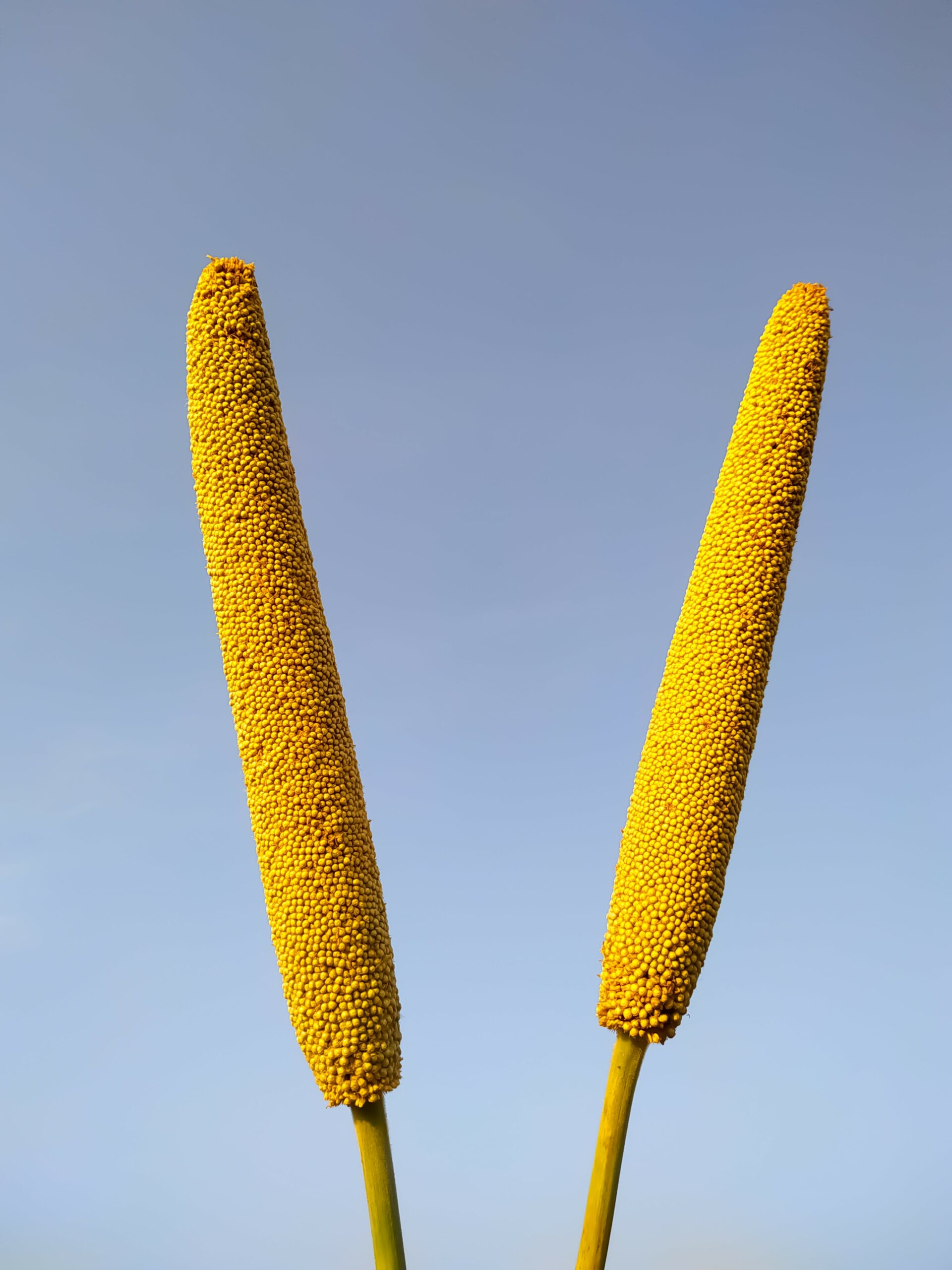
Good food is about love
Everyone deserves to eat food that not only serves the environment and contributes to human progress but ultimately tastes delicious and brings joy to the table!
Millets taste somewhat like corn, with a slightly sweeter flavour. The crop acts like a sponge, wonderfully absorbing the flavour of other ingredients and seasonings.
The Barnyard millet tastes similar to rice when cooked, whilst the Finger millet makes for delicious flatbreads, and porridges and are also used for brewing beer (Crop Trust).
These ancient crops are incredibly versatile and can offer a healthy alternative in a lot of meals. Want to learn how to cook with millets? See the creative recipes chefs have developed and give it a go! Share your recipes with #chefsmanifesto
